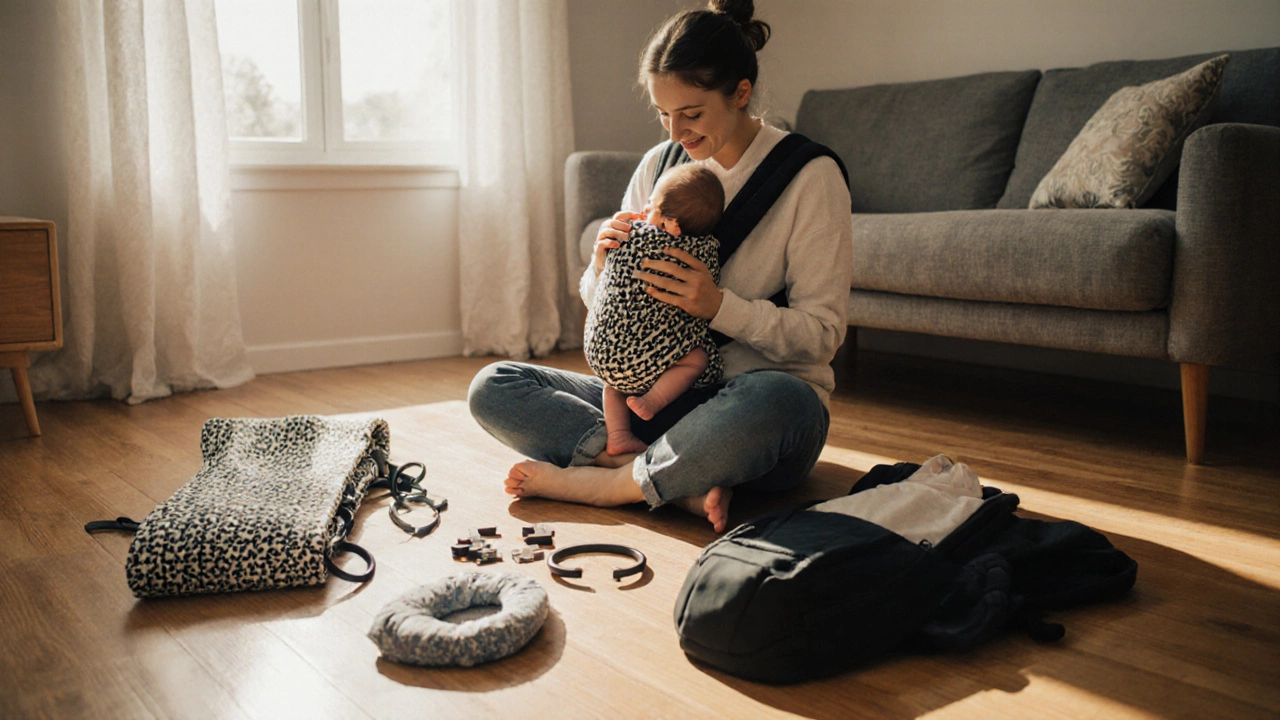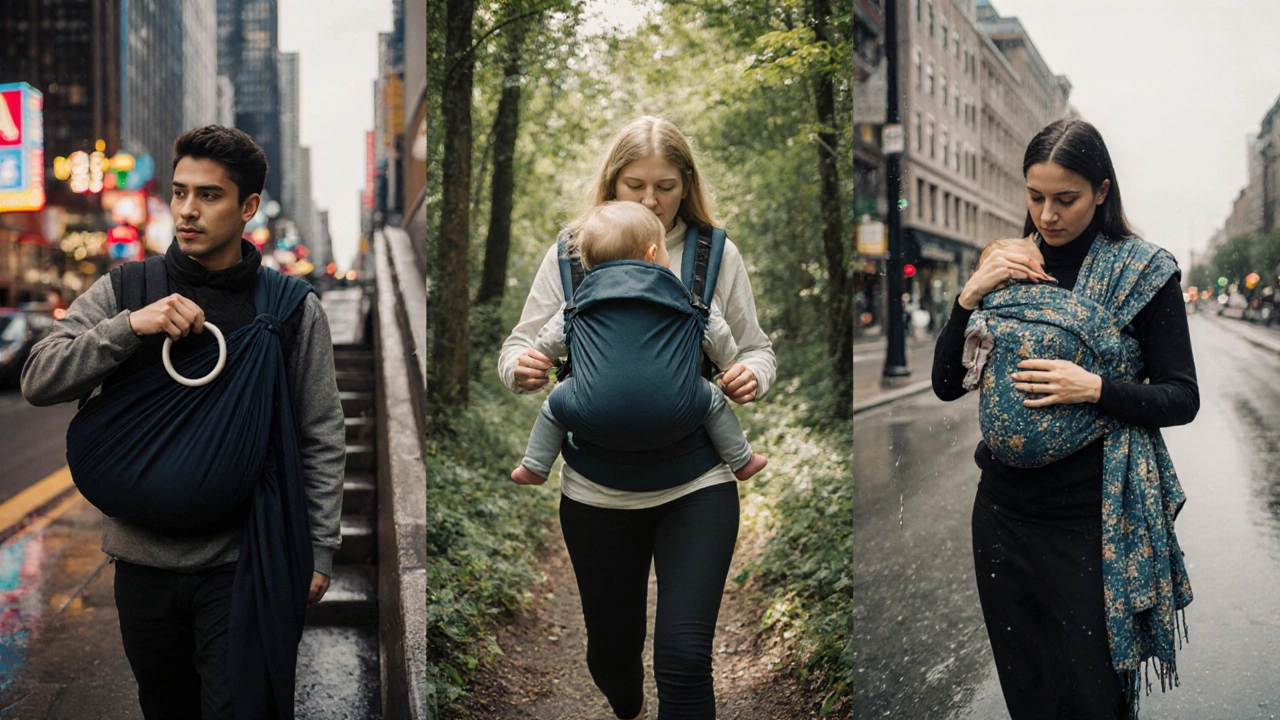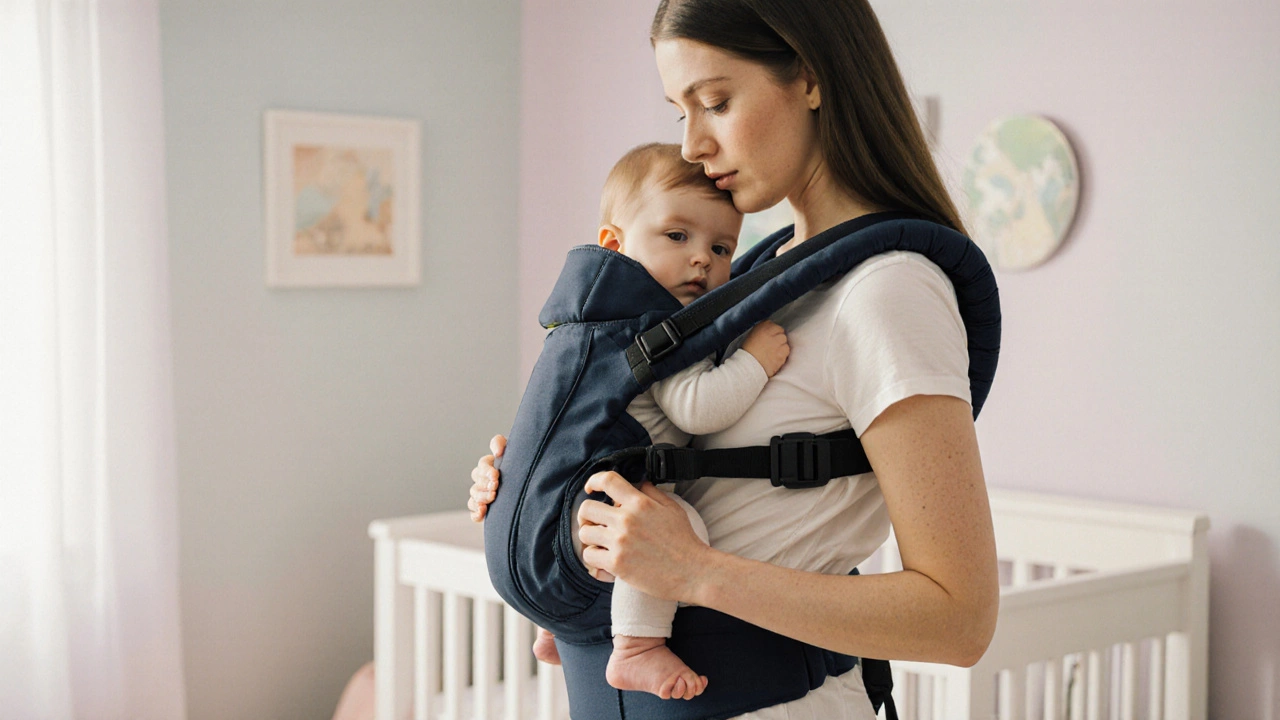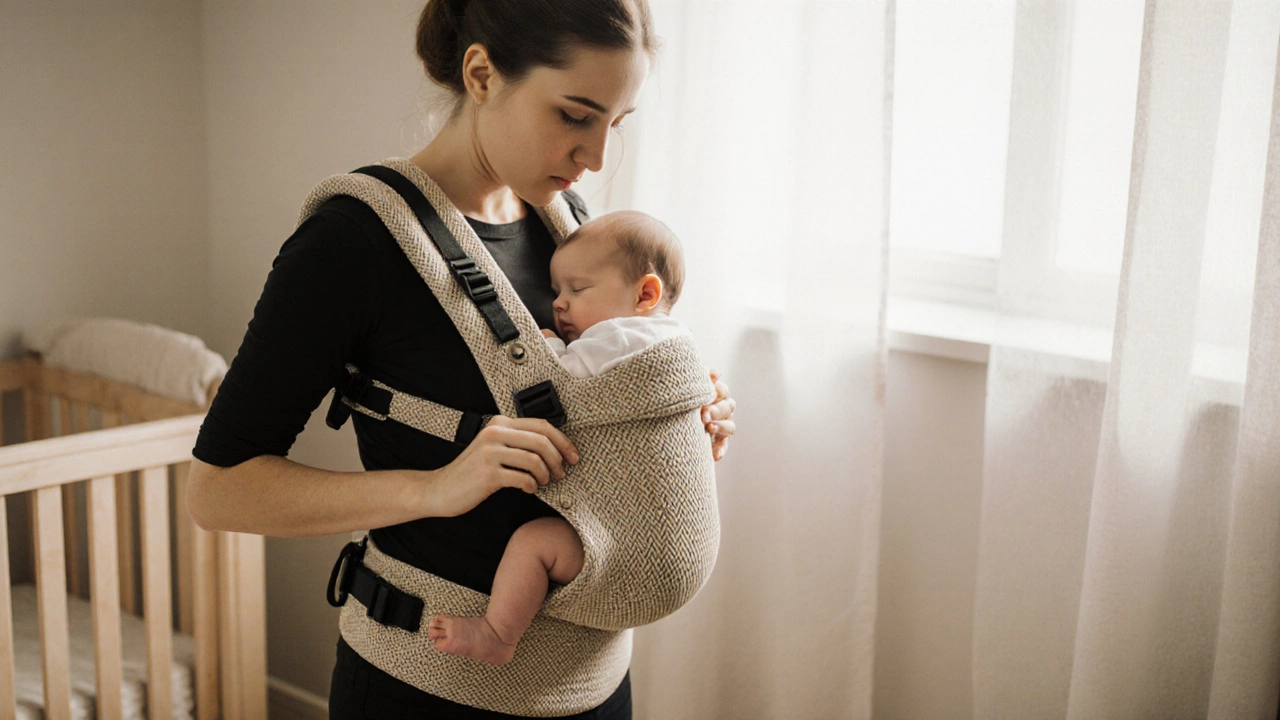How to Choose the Perfect Infant Carrier - A Complete Guide

Infant Carrier Selector
Find Your Perfect Fit
Answer a few questions to get personalized recommendations for infant carriers
Finding the right Infant carrier can feel like solving a puzzle while the baby’s wiggling legs keep moving the pieces. Parents need a carrier that’s safe, comfortable, and fits their daily routine. This guide walks you through every decision point so you can pick a carrier that feels like a natural extension of your body - not an extra piece of gear you dread using.
Key Takeaways
- Identify your primary carrying style - wrap, sling, mei tai, or structured carrier.
- Check weight limits and age recommendations to match your baby’s growth.
- Prioritize ergonomic design and breathable fabric for long‑day comfort.
- Test adjustable straps and hip‑healthy positioning before buying.
- infant carrier choice hinges on safety standards, personal lifestyle, and how often you’ll be on the move.
Understanding Infant Carriers
At its core, an Infant carrier is a device that lets you keep your baby close while freeing your hands. Unlike a stroller, it distributes the baby’s weight across your hips and shoulders, promoting a natural “M‑position” that protects developing hips. Modern carriers also incorporate safety certifications like ASTM F2236 and CE standards, so you know they’ve passed rigorous load tests.
Major Types of Infant Carriers
Each type offers a different feel, setup time, and level of adjustability. Below is a quick comparison to help you visualise the options.
| Style | Weight Limit | Ideal Age | Key Pros | Key Cons |
|---|---|---|---|---|
| Wrap | 5-35lb (2.3-16kg) | Newborn‑to‑Toddler | Custom fit, excellent tummy‑to‑chest contact | Longer to learn, can feel bulky |
| Ring sling | 7-25lb (3.2-11kg) | Newborn‑12mo | Quick on‑and‑off, lightweight | Less support for older babies |
| Mei tai | 12-45lb (5.5-20kg) | Newborn‑2yr | Easy to adjust, strong hip support | Can feel bulkier than slings |
| Structured carrier | 15-45lb (7-20kg) | 3-24mo (some models up to 3yr) | Ready‑made, padded straps, easy buckles | Less breathable, may limit position tweaks |
| Hip‑healthy carrier | 10-45lb (4.5-20kg) | 0‑6mo (if it forces M‑position) then 6‑24mo | Specifically engineered for proper hip development | Often pricier, limited style options |

Matching the Carrier to Your Lifestyle
Ask yourself three practical questions before you click “add to cart”.
- How much will you move? If you’re a city‑dweller navigating subway stairs, a lightweight ring sling or a slim wrap might be best. For hiking or long‑day outings, a structured carrier with padded waist belts and Adjustable straps offers stability.
- What’s your climate? In Vancouver’s rainy season, a carrier made from Breathable fabric (like bamboo‑cotton blends) will keep both you and baby comfortable.
- Do you need quick changes? If you’re juggling diaper swaps and feeding, a carrier that opens from the front (most structured carriers) saves time compared to a full‑body wrap.
Safety and Comfort Checklist
Before you head to the store, keep this checklist handy. Tick every box to ensure your carrier meets both safety and comfort standards.
- Carrier is certified to ASTM F2236 or CE EN 13209‑2.
- Weight limit comfortably exceeds your baby’s current weight by at least 5lb.
- Shoulder straps are wide (minimum 2in) and padded.
- Waist belt sits low on the hips, not the abdomen.
- Fabric is breathable and easy to wash.
- All buckles and rings are sturdy, with no sharp edges.
- Carrier supports the baby’s hips in the “M‑position” - thigh spread at least 45° from the torso.

Common Mistakes to Avoid
Even seasoned parents slip up. Here are the most frequent errors and how to dodge them.
- Choosing based solely on looks. A stylish carrier is great, but it won’t compensate for poor ergonomics.
- Ignoring the T‑pose. If the carrier forces a straight‑leg position, it can affect hip development.
- Using a carrier beyond its weight limit. Overloading reduces strap lifespan and can strain your back.
- Skipping a test run. Most retailers allow a brief in‑store demo. Take advantage of it before buying.
- Forgetting to adjust straps. Loose straps lead to “carrier sway”, which hurts both you and baby.
Maintenance and Care Tips
Keeping your carrier fresh extends its life and keeps baby safe.
- Spot‑clean spills with a mild detergent and a soft brush.
- Machine‑wash wraps and slings on a gentle cycle (check the label for temperature limits).
- Air‑dry any carrier that has metal hardware - heat can weaken buckles.
- Inspect straps, buckles, and rings weekly for fraying or cracks.
- Store the carrier in a dry, cool place away from direct sunlight to prevent fabric fading.
Frequently Asked Questions
Can I use an infant carrier for a newborn?
Yes, as long as the carrier supports the newborn’s head and keeps the hips in the M‑position. Wraps and ring slings are popular for newborns because they hug the baby snugly.
How do I know if the carrier is hip‑healthy?
Look for a carrier that mentions “hip‑healthy” or “M‑position” in the product description. The thigh should be spread at a 45° angle from the torso, and the carrier should have a wide seat base.
Do I need a carrier with a waist belt?
A waist belt distributes weight to your hips, reducing back strain-especially for longer wear. Structured carriers almost always include one; many wraps can be tied with a hip‑supporting knot.
Can I wear a carrier while breastfeeding?
Most carriers allow easy access for nursing. Look for a front‑loading design or a carrier with a “nursing window” that opens without unbuckling.
What’s the best material for a carrier in rainy Vancouver?
A blend of bamboo and polyester offers natural breathability while repelling moisture. Some brands also add a water‑resistant coating for extra protection.
